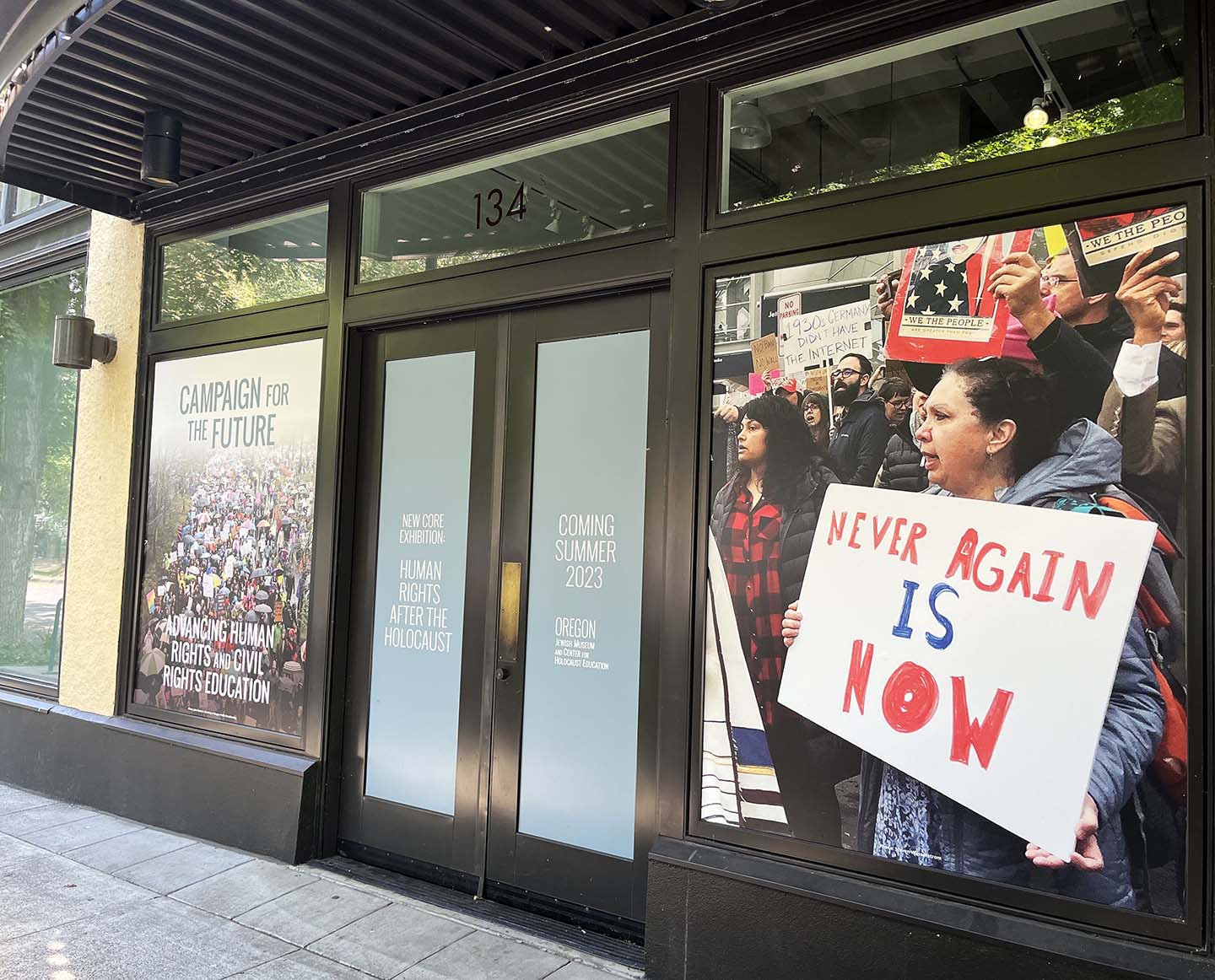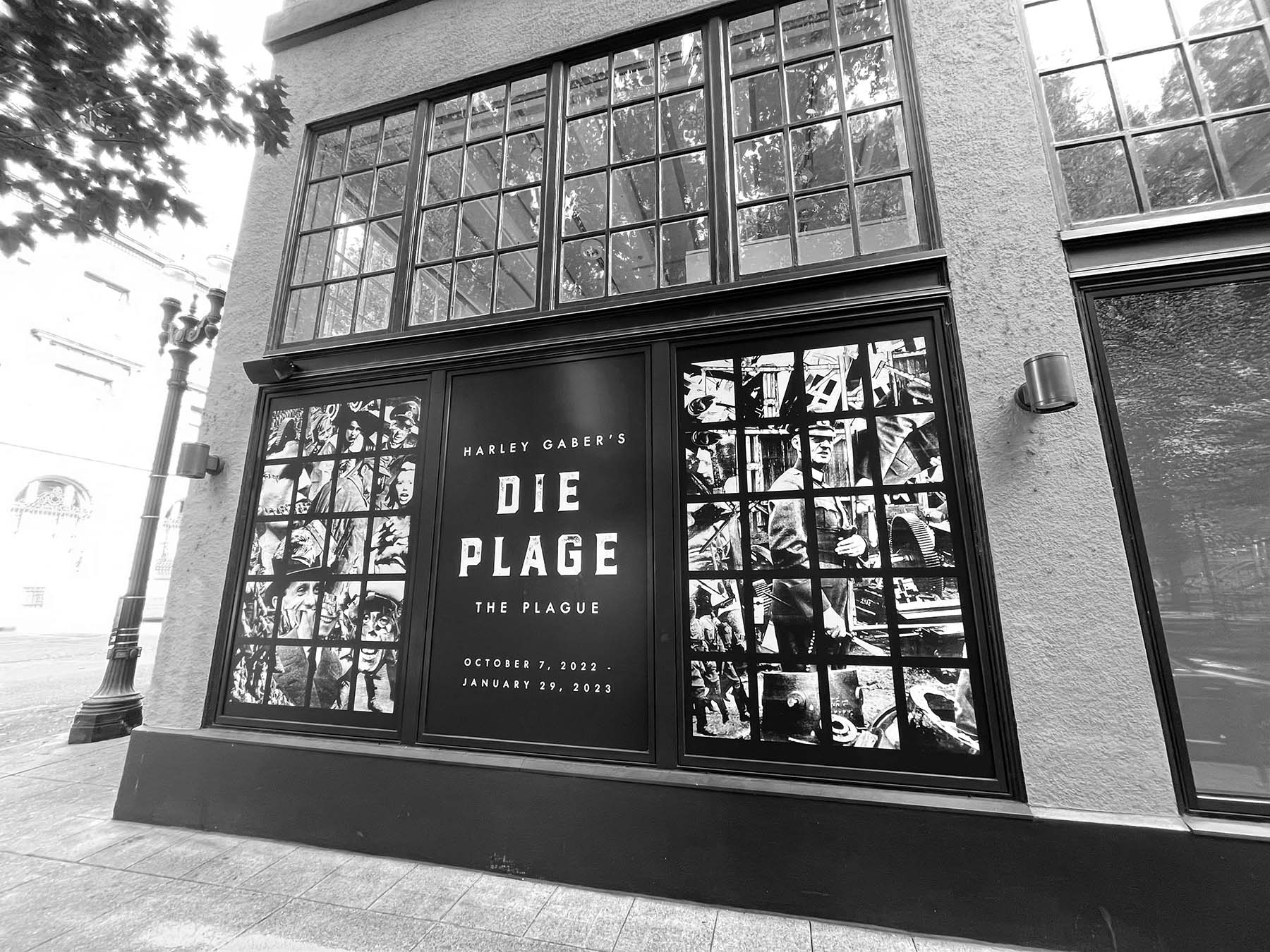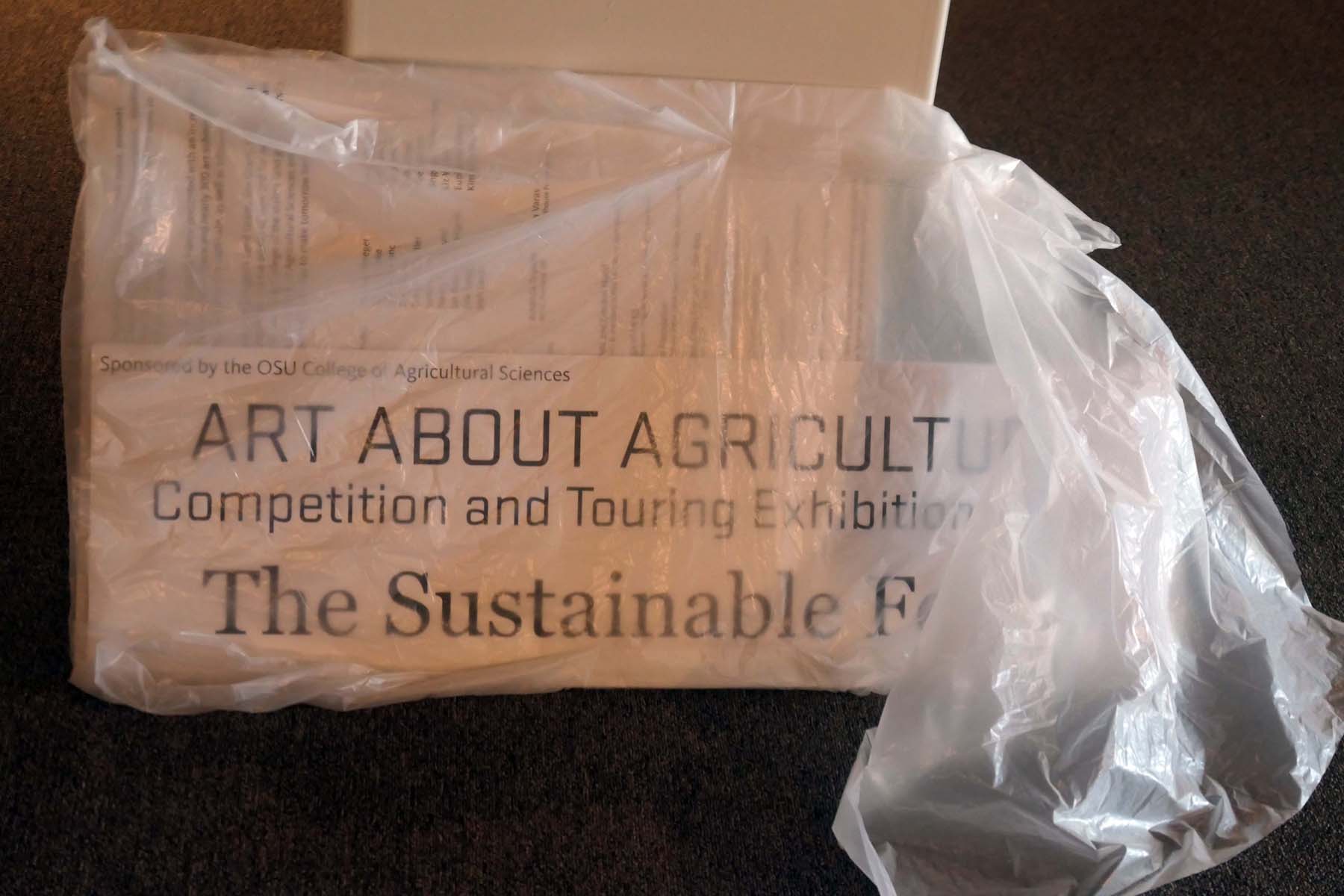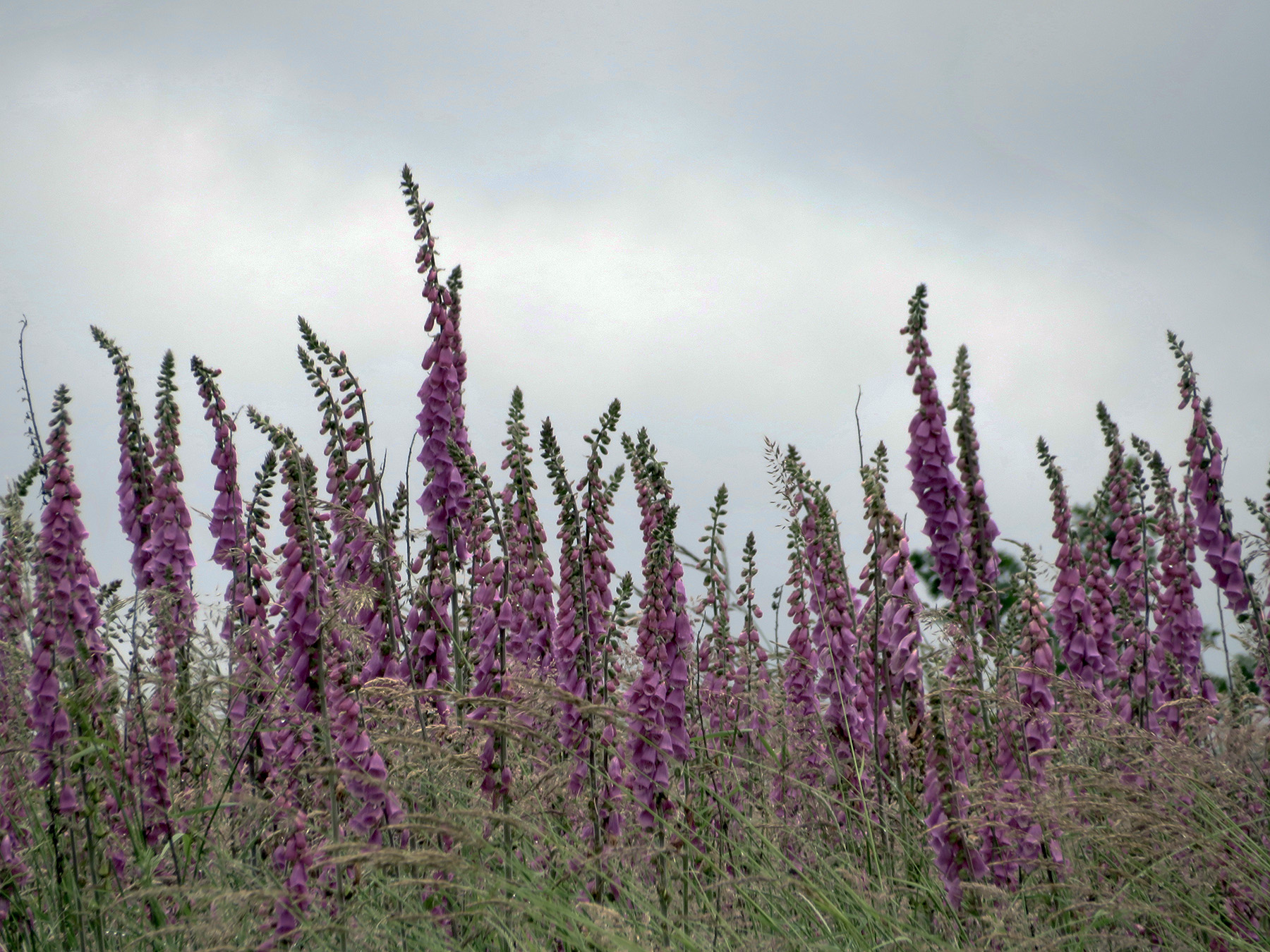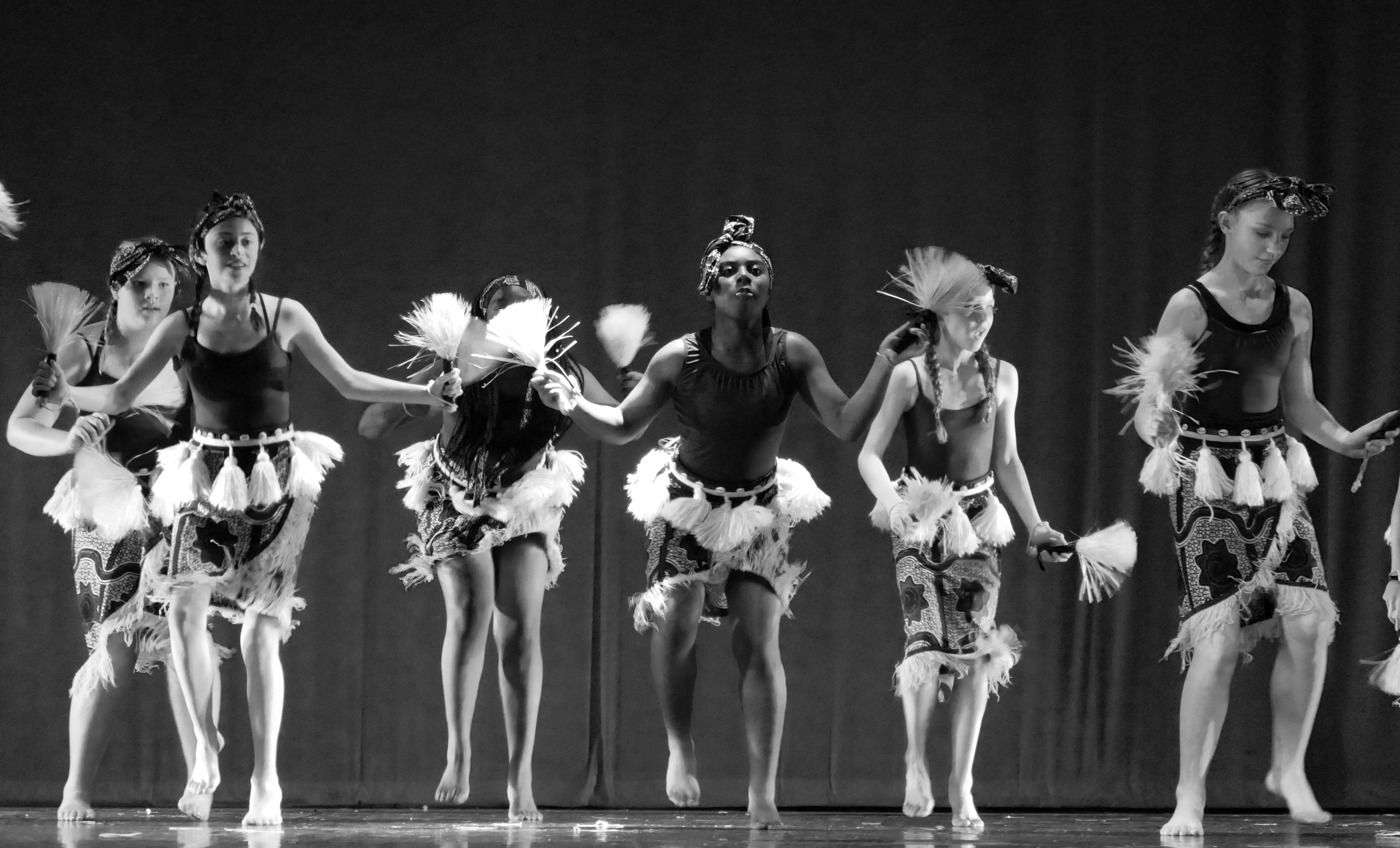Farewell to a Founder.
· Judy Margles retires from the Oregon Jewish Museum and Center for Holocaust Education (OJMCHE) ·
“How is the ordinary man to know that the most violent element in society is ignorance? Someone has said that it requires less mental effort to condemn than to think. The widespread mental indolence, so prevalent in society, proves this to be only too true. Rather than to go to the bottom of any given idea, to examine into its origin and meaning, most people will either condemn it altogether, or rely on some superficial or prejudicial definition of non-essentials.” – Emma Goldman Anarchism (1910)
If revolutionary Emma Goldman (1869 – 1940) and OMJCHE executive director Judy Margles miraculously connected across time, they would likely discover many commonalities. Both of Jewish descent, both allergic to hypocrisy, both with a strong belief that a better world can be achieved if we act on it, and, importantly, both committed to the idea that education is one of the most important tools to affect change towards a more just world.
Determined women, visionaries even.

Of course, one of them, prone to destruction, ended up in prison and exile, while the other is an ultimate builder, leaving Portland with a legacy that is beyond valuable, for Jews and non-Jews alike – which is why it is so hard to see Margles depart, no matter how much she deserves retirement after years of incessant work at the museum.
No “mental indolence” for the director, who received a B.A. from the University of Toronto in her native Canada, and her M.A. in History and Museum Studies from New York University. If ideas catch her attention, they will be tracked, examined and turned into action. Her life’s work includes a quarter-century’s engagement in establishing a museum that will preserve the history of Oregon Jewry, inform about the Holocaust, and expand its mission to a pluralistic embrace of education about human rights and their potential violation.
Margles blazed a path – if not always in a straight line – from idea to institution, one that has made its mark on Portland’s cultural landscape, and is increasingly recognized within the national domain of Jewish museums as well. What began as a “museum without walls” based on discussions with prominent local Rabbi Joshua Stampfer and his wife Goldie in the late 1990s, soon morphed into small quarters that provided room for archived materials, including recorded oral histories, and modest exhibitions of art or photographic collections that depicted the everyday life and historical presence of Jews in Oregon. Many in the community stepped forward to help, offering practical, organizational and/or financial support, with active Boards and a small, dedicated staff shepherding the museum towards growth. But it was Margles’ leadership and relentless push that propelled the organization through various brick-and-mortar rentals to the building in the North Park blocks that is now owned by and houses OJMCHE.
Today’s various exhibition halls, conference rooms, archives, giftshop and cafe are a far cry from the early beginnings, rental rooms in Montgomery Park, followed later by a mostly windowless hole-in-the wall also on Davis St., and until 2016 a larger space on NW Kearny St. that was occupied together with the Holocaust Resource Center.
Ongoing changes extended to the museum’s mission as well, which expanded from preservation of local Jewish history to include more focused education about the Holocaust, particularly after the official 2014 merger between the Holocaust Resource Center and the museum. Teaching about the Holocaust and honoring the memory of those who perished under Nazi persecution took on new urgency, given the continual rise in anti-Semitism and the parallel loss of actual witnesses to the atrocities, with the few remaining survivors now in their 80s and 90s. Keeping the memory alive and transmitting the lessons learned to prevent future catastrophes became an important task for the museum, with a special focus on reaching schoolchildren both inside and outside of the museum walls.
Female leadership has been, interestingly enough, a hallmark of Jewish museums and also the cultural centers aligned with them. Jewish women established the earliest “identity” museums — trying to connect to culturally specific history and opening the avenues that subsequently led to other such museums, including the National Museum of the American Indian, and the National Museum of African American History in Washington, D.C.
In the U.S., it was the National Federation of Temple Sisterhoods that founded the very first Jewish museum at Hebrew Union College in Cincinnati in 1913 (now the Skirball Museum in Los Angeles, after reorganization in 1972.) In the late 1990s some 80% of Jewish Museum directors were women. The Council of American Jewish Museums (CAJM,) an association of some 70 American Jewish institutions devoted to Jewish culture and promotion of its richness and educational value, has been headed by a woman for the last many decades. This is not just an American pattern. The large Jewish museums in Berlin, Frankfurt and Vienna are all lead by a woman.
Makes me curious, of course. Historically, this pattern of widespread female leadership might have been the result of the limited options for women hoping to serve public roles in societies where gender separation was still part of a cultural and religious system. Leaving the arts or the tending to local history, so connected to families and networks, to women might have been a way to give them – or have demanded by them – some limited empowerment.
Apparently, though, women brought something special to these roles; how else are we to explain the continuation of this history, given that it is the exception to the rule of male dominance of leadership roles across many sectors of western societies, the arts included? The challenges Margles faced, and her success in dealing with them, provide a plausible explanation.
What are the challenges? Just like for other organizations, leadership of a culturally specific museum requires an enormous amount of multi-tasking, given the diverse set of task demands. Yet it also requires social intelligence, given that it operates within a relatively small set of, in our case, Jewish-identified people, many known to each other and having a stake in their history as a community.
As the museum’s leader, you have to decide on the exact terms of your mission, you have to procure funds, both from private donors and publicly available sources, until grant proposals invade your dreams, more likely nightmares. You have to initiate or think through potential mergers with other organizations, which will be enormously valuable but also add to the list of obligations. You have to predict what size staff will be allowed by your funding and you have to manage the staff, taking on various jobs yourself if you can’t afford enough people to divide the labor. In the meantime you’re fighting a tendency to micro-manage, born out of a sense of responsibility more than a need for control. You have to find space – oh, do you have to fight for space that is affordable, accessible, safe. Never mind parking.
You are also responsible for programming, gambling on what a given budget can provide, and making educated guesses about what type of exhibition would be most effective in promoting your mission, all the while attracting visitors who might become involved with the museum and/or potential supporters. You need to devise curricula for educational programs, that are age appropriate and portable to be brought to schools and other educational settings. You need to train volunteers as exhibit guides, you need to appease committees where different ideas over annual Galas or other festivities clash, find board members that bring complementary skill sets to their role and are committed. You need to create effective PR, and oversee digitalization to keep with contemporary practices. You need to make choices among job applicants once you’ve reached a financial standing that allows you to hire specialists, you need to stay up on the literature conveying modern museum standards and practice, and you need to travel to conferences and meetings to keep up the networking efforts. Occasionally you need to mop up the water spilled by leaks in the roof on a Sunday when no janitorial staff can be reached. I am sure I have forgotten half of the jobs that are potentially on leadership plates.
That is not enough, though. For Jewish museum leadership it has always been important to recognize the changing social or religious needs of their community and to navigate the fact that this community is not monolithic and will confront at times with conflicting demands. A sensitive ear, and an ability to compromise, then, need to be added to the skill set.
Add to that the requirement to straddle a thin line that is particularly treacherous: finding the right answer to the question tackled by contemporary Jewish museums around the world. Who do they serve? Is their role determined by the Jewish community or the non-Jews around it? Is their mission to preserve and educate about the specifics of Jewish history, or are they allowed to address the general politics of their times in the context of Jewish experience – and then whose Jewish experience, given the fractious nature of contemporary Jewish identity, starting with those who live in Israel and those who live in the diaspora, those who promote Zionism and those who make an emphatic distinction between being Jewish and being a Zionist, those who are religiously affiliated and those who define themselves culturally, to name just a few divisions?
These are not just theoretical considerations. The newly appointed director to the Jewish Museum of Vienna, Barbara Staudinger, landed in hot water with her inaugural exhibition last year, 100 Misunderstandings About and Among Jews. Curatorial decisions had to be reversed when large parts of the Jewish community were in uproar over some textual items and a video presented relevant to Israel and the Holocaust.
Likewise, three years earlier, the director of the Jewish Museum in Berlin had to resign after the Israeli government and the main organizations representing Jews in Germany complained that JMB’s exhibitions were overly political and, worse in their view, friendly to Palestinians and explicitly anti-Israel (long before the atrocities of October 7, 2023 and all those that followed). The museum was accused of having become too political, beyond the boundaries of its mission. The voices of international scholars and museum professionals who lauded JMB for its willingness to serve as a place for dialogue on issues of identity in an age of growing anti-Semitism across Europe, were drowned out by the critics.
One of the Berlin exhibitions that drew ire, and contributed to job loss, was “The Whole Truth, everything you wanted to know about Jews,” a 2013 show intended to resolve misconceptions about what it means to be Jewish or how Jewish life unfolds. People could peruse answers to frequently asked questions and also ask a Jewish person him or herself, who was placed for two hours at a time, into a glass box. “Jew in a box,” as it became known, was judged despicably degrading by some (the parallel to Eichman in his glass witness box in Israel during his trial for implementing the Final Solution, among others,) wonderfully provocative by others, making people think about the ongoing divisions between Jews and non-Jews in Germany, and the lack of knowledge or (worse) conspiratorially tinged assumptions still held by many who approached the sitter to ask their questions.
My questions to Margles, when I interviewed her for this article, were simpler. What was the high point of her 24 years’ tenure at the museum? The spontaneous answer referred to the opening date of the museum in its current location, the fruit of the labor of so many years finding the right container to hold all the history, objects and ideas alike and move forward with larger exhibitions. That date, however, also denoted one of the lowest point as well, she added; it was just days after the fatal TriMet stabbings occurred, a racially motivated hate crime, reminding everyone of the vulnerability of minorities. Another low point hit 3 years later, when the museum had to close its doors under lockdown requirements during the first year of the pandemic. It was unclear how the museum would survive, with PPP loans not yet available; happily, though, the museum was rescued by a terrifically supportive Board.
What was her favorite exhibition across all those years? That’s All, Folks: The Mel Blanc Story was the immediate answer. The tribute to this local comedian and voice artist who made it big in Hollywood movies and TV after years in Vaudeville and radio, was one that made you laugh, and laugh loud. I can just see how this counterbalances the darkness of so many of the topics associated with the collective memory carried by the museum and its educational focus on the Holocaust that was Margles’ daily concern for so many years.
I, on the other hand, would vote hands down for OMJCHE’s new core exhibition, Human Rights after the Holocaust. For me it is the epitome of forward thinking at a time where teaching the history of minorities is ignored at best and actively suppressed at worst in a country that grapples with human rights violations every single day. This emphasis, Margles notes, does not in any way diminish the uniqueness of the Holocaust, at the same time that it draws attention to trauma and injustice more broadly. Importantly, the call has to be to explore the underlying mechanisms that can lead to prejudice, discrimination and persecution, so that we empower new generations to be prepared to fight for what is just, regardless of racial, cultural or religious origin.
This, for me, is leadership, the pursuit of a vision that grows to be inclusive over time, a pluralistic view of the world that will serve the museum for decades to come and one that ultimately believes in the power of education. Farewell, Judy Margles. We owe you.
